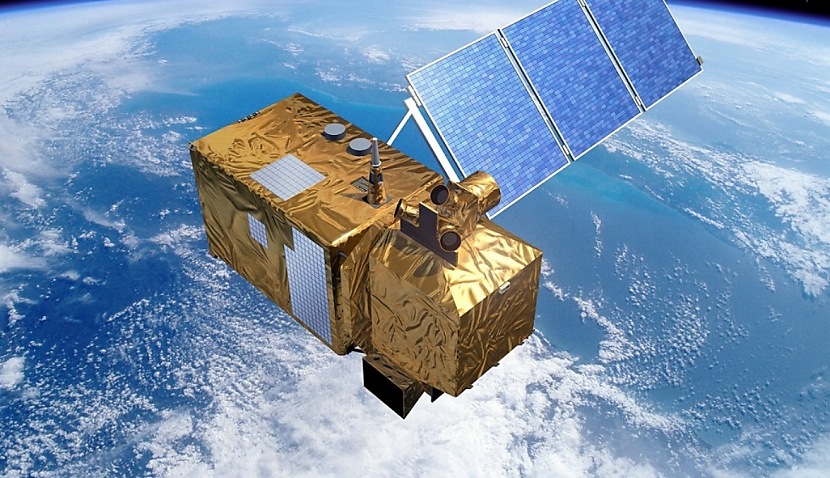
It comes after AquaWatch UK was chosen to be one of three new projects to receive joint funding from the UK and Australia.
The system uses EO satellites and ground-based sensors to both monitor and predict changes to water quality, such as toxic algal blooms and runoff contamination.
It has already established multiple test sites to monitor locations as diverse as bays, coastal wetlands, and coral reefs, including the Southern Great Barrier Reef.
“It’s a system we’re developing for Australia, but that can be adapted for other countries in need of national near-real-time updates and forecasts,” said mission lead Dr Alex Held.
“The importance of high-quality satellite data for AquaWatch means that global collaborations such as this help to enhance the system for everyone.”
The collaboration will expand on test sites established across Australia and in Plymouth, England, where AquaWatch monitors runoff from the Tamar and River Plym to the estuary and coast, which can transport sewage.
Dr Elizbeth C Atwood, EO scientist at the Plymouth Marine Laboratory, said, “Given these challenges, Plymouth Sound, which hosts the UK’s first National Marine Park and a Marine Social and Natural Capital Laboratory initiative, is an ideal testbed for CSIRO’s AquaWatch system through the EO4Agriclimate Vis4Sea project.”
CSIRO, SmartSat CRC and Airbus Australia Pacific will support the Australian side of the partnership, while the UK side will be led by Surrey Satellite Technology.
Also providing additional UK support will be Assimila, RAL Space, Pixalytics, Plymouth Marine Laboratory and the Centre for Environment, Fisheries and Aquaculture Science.
Space Connect reported earlier this week how AquaWatch would receive funding as part of phase two of the UK’s £20 million (AU$40 million) International Bilateral Fund and the Australian Space Agency’s International Space Investment Fund.
The money forms part of the two countries’ “Space Bridge” partnership, which recently marked its third anniversary.
The deal, signed on 23 February 2021, facilitates collaboration on trade and investment, research and education, and encourages the two governments to work together.
However, the relationship between the two countries’ sectors can be traced back to the late 1960s, when the UK launched Black Arrow, a satellite carrier rocket, from Woomera, South Australia.

Adam Thorn
Adam is a journalist who has worked for more than 40 prestigious media brands in the UK and Australia. Since 2005, his varied career has included stints as a reporter, copy editor, feature writer and editor for publications as diverse as Fleet Street newspaper The Sunday Times, fashion bible Jones, media and marketing website Mumbrella as well as lifestyle magazines such as GQ, Woman’s Weekly, Men’s Health and Loaded. He joined Momentum Media in early 2020 and currently writes for Australian Aviation and World of Aviation.
Receive the latest developments and updates on Australia’s space industry direct to your inbox. Subscribe today to Space Connect here.









